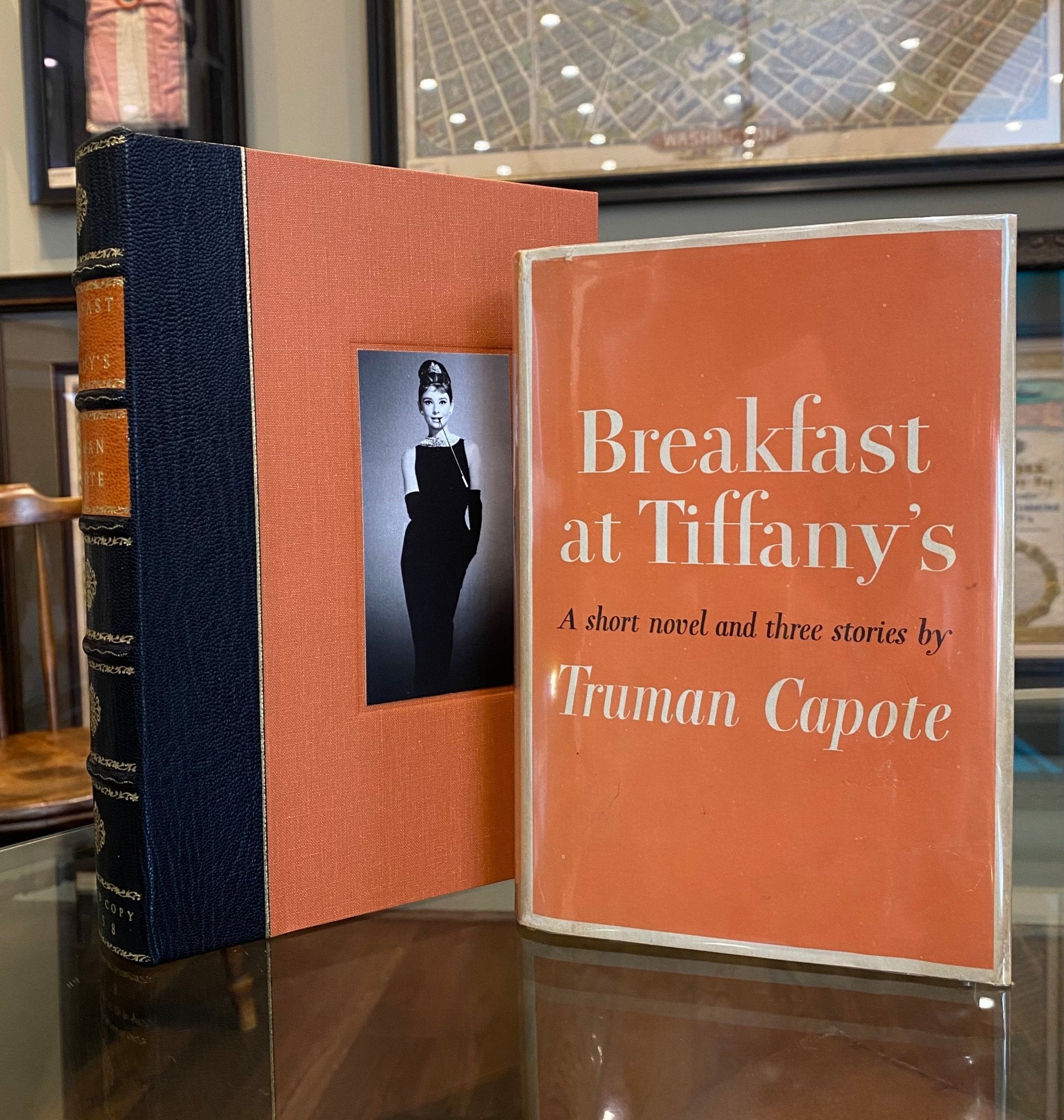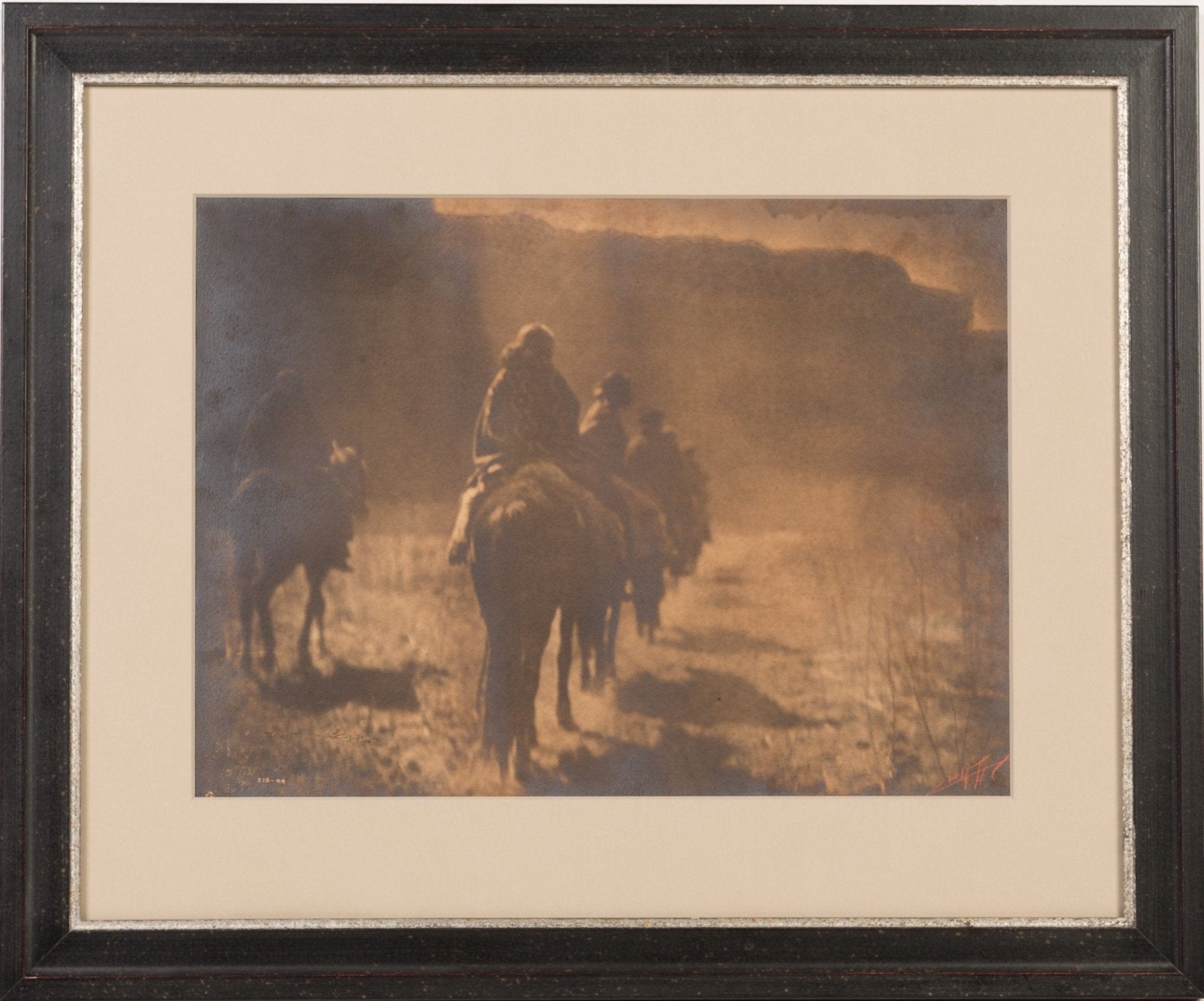Cinderella: The Timeless Tale in a 1919 Deluxe Edition
What's your favorite fairy tale? Take a closer look at this incredible limited "de Luxe" edition of Cinderella, complete with enchanting illustrations throughout.
The Story of Cinderella
The timeless tale of Cinderella was originally penned by Charles Perrault (1628 – 1703) in his Histoires ou Contes du Temps Passé in 1697, though it had been told countless times before. The story was reportedly told by anonymous folk storytellers, passed by word of mouth. There were famous renditions of the tale across Europe, and even some versions from present-day Egypt.
Perrault added extra details to the story, including plot points such as the Fairy Godmother, the cherished pumpkin carriage, anthropomorphic animal friends, and the glass slippers. Perrault's 1697 version became the most popular over time, and inspired the contemporary animated film Cinderella.
Perrault was among the first writers to bring magical children’s stories into the literary mainstream, proving to his original 17th century readers that such works were important and enjoyable, as well as thought-provoking.
1919 Deluxe Edition
This is a limited edition printing of Cinderella, edited by C. S. Evans and illustrated and signed by Arthur Rackham. Published in 1919 by London’s Constable & Co., this printing is number 20 of just 300 copies of the “Edition de Luxe,” from a total edition of 850.
The book is presented in the original publisher’s deluxe quarter vellum over Japanese vellum-covered boards with gilt stamps and finished with top edge gilt. The front boards of the book feature a silhouette of the character of Cinderella, as well as title information. The stunning, original volume is paired with a custom archival slipcase. The front of the slipcase features an inlaid portrait, replicating the frontispiece inside the volume, by Rackham.
C.S. Evans adapted and expanded the beloved and cherished story of Cinderella in 1919 in order to give his brilliant illustrator, Arthur Rackham, maximum opportunity to exercise his gifts. The product of their collaboration is one of the most wonderful editions produced of this, or any other, fairy tale. This book is signed by Rackham on the edition page, where the edition number "20" is also written.
In this 1919 printing, Rackham mastered his black and white silhouette style. "Cinderella and The Sleeping Beauty differed from Rackham’s preceding books in relying almost wholly on silhouette for their effect. It is immediately clear from the collection of images that Rackham is a master of the medium, being able to evoke character and humour by profile and gesture alone and allowing the two-dimensional effect of his pen work to lead the reader through the book and keep the story going." (James Hamilton. Arthur Rackham: A Biography, p. 188)
Thoroughly illustrated with a mounted color frontispiece, double and single page illustrations, and numerous in-text silhouettes, this edition is a testament to Rackham’s illustrating prowess.
Rackham’s “fanciful imagination gave his illustrations instant recognition, and his dedication to illustration kept him in the public eye for 30 years” (Hodnett, 233).
Charles Seddon Evans (1883 – 1944) was a well respected writer, editor, and folklorist, who brought this magical story to life. He began his career as a schoolmaster before joining the publishing house of Edward Arnold as the Educational Editor in 1909. He moved to the firm of Heinemann in 1913, where he spent the rest of his working life, later becoming Chairman and Managing Director in 1932.
Evans also wrote a version of The Sleeping Beauty as a companion volume to Cinderella, which was also illustrated by Arthur Rackham.
Arthur Rackham (1867-1939) was one of the most celebrated painters of the British Golden Age of Illustration, which encompassed the years from 1850 until the start of the First World War. Rackham’s artistry is unparalleled. Throughout his career, he developed a unique style, combining haunting humor with dream-like romance. Presented alongside the text, his illustrations enhance Perrault’s enchanting narrative.








